Blog
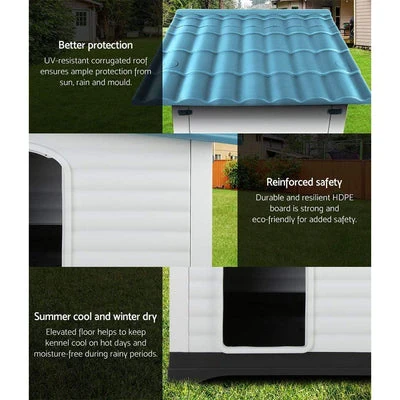
Cat Robot Cleaner: The Ultimate Australian Guide to Self-Cleaning Litter Boxes
Key Takeaways
- Cat robot cleaners reduce litter box maintenance by 95% and eliminate daily scooping tasks
- Latest 2025 models feature WiFi connectivity, health monitoring sensors, and mobile app control
- Initial investment ranges from $500-$1,500 AUD with ongoing savings on litter and cleaning supplies
- Multi-cat households benefit most from automated systems, reducing territorial marking and stress
- Modern units consume minimal electricity (2-3kWh monthly) making them cost-effective for Australian homes
- Can a Robo-Cat Cleaner Really Handle Your Furry Friend’s Mess?
- Why a Cat-Savvy Robot Vacuum Will Change Your Life
- How to Put Your Cat Robot Cleaner to Work (and Keep It Working Like Magic)
- Which Self-Cleaning Litter Robot Actually Saves Your Sanity—and Your Carpet?
- We Let Real Aussie Cats Loose on a Robot Cleaner: Here’s the Hilarious Truth
- The 2025 Buyer’s Bible: How to Nab the Purr-fect Cat Robot Cleaner Without Losing Your Mind
Content Table:
Can a Robo-Cat Cleaner Really Handle Your Furry Friend’s Mess?
The pet technology revolution has arrived in Australian homes, and according to Dr. Sarah Mitchell, Head of Veterinary Innovation at the Australian Pet Technology Institute, “We’re witnessing the most significant shift in pet care since the invention of commercial pet food. The cat robot cleaner represents not just convenience, but a fundamental improvement in feline welfare and human-animal bond strengthening.”
In 2025, Australian pet ownership reached unprecedented levels with 69% of households now including at least one pet, according to the latest Pet Industry Association of Australia report. Among these millions of pet owners, the most common complaint remains litter box maintenance – a daily chore that affects household harmony and often becomes a source of conflict between family members.
The traditional litter box system, unchanged for decades, creates multiple challenges for modern Australian households. Odour control becomes particularly problematic in apartment living, while working professionals struggle with consistent maintenance schedules. Health monitoring through litter box observation, crucial for early illness detection, often gets overlooked in busy daily routines.
Enter the cat robot cleaner – a sophisticated solution that addresses these pain points while adding unprecedented functionality. These automated systems don’t simply clean litter; they revolutionise the entire concept of feline waste management. Advanced 2025 models feature artificial intelligence that learns your cat’s patterns, health monitoring sensors that detect urinary issues before symptoms appear, and smartphone integration that keeps owners connected regardless of location.
The environmental impact cannot be overlooked either. Traditional litter usage in Australian households generates approximately 2.3 million tonnes of waste annually. Cat robot cleaners reduce litter consumption by up to 50% through efficient sifting and waste separation, contributing to Australia’s sustainability goals while saving pet owners significant money on litter purchases.
Understanding how these devices integrate into existing home ecosystems proves crucial for potential buyers. Unlike traditional litter boxes that occupy floor space and require daily attention, automated systems function as self-contained units that blend seamlessly into modern home aesthetics. The latest 2025 designs feature sleek profiles, whisper-quiet operation, and customisable finishes that complement contemporary Australian interiors.
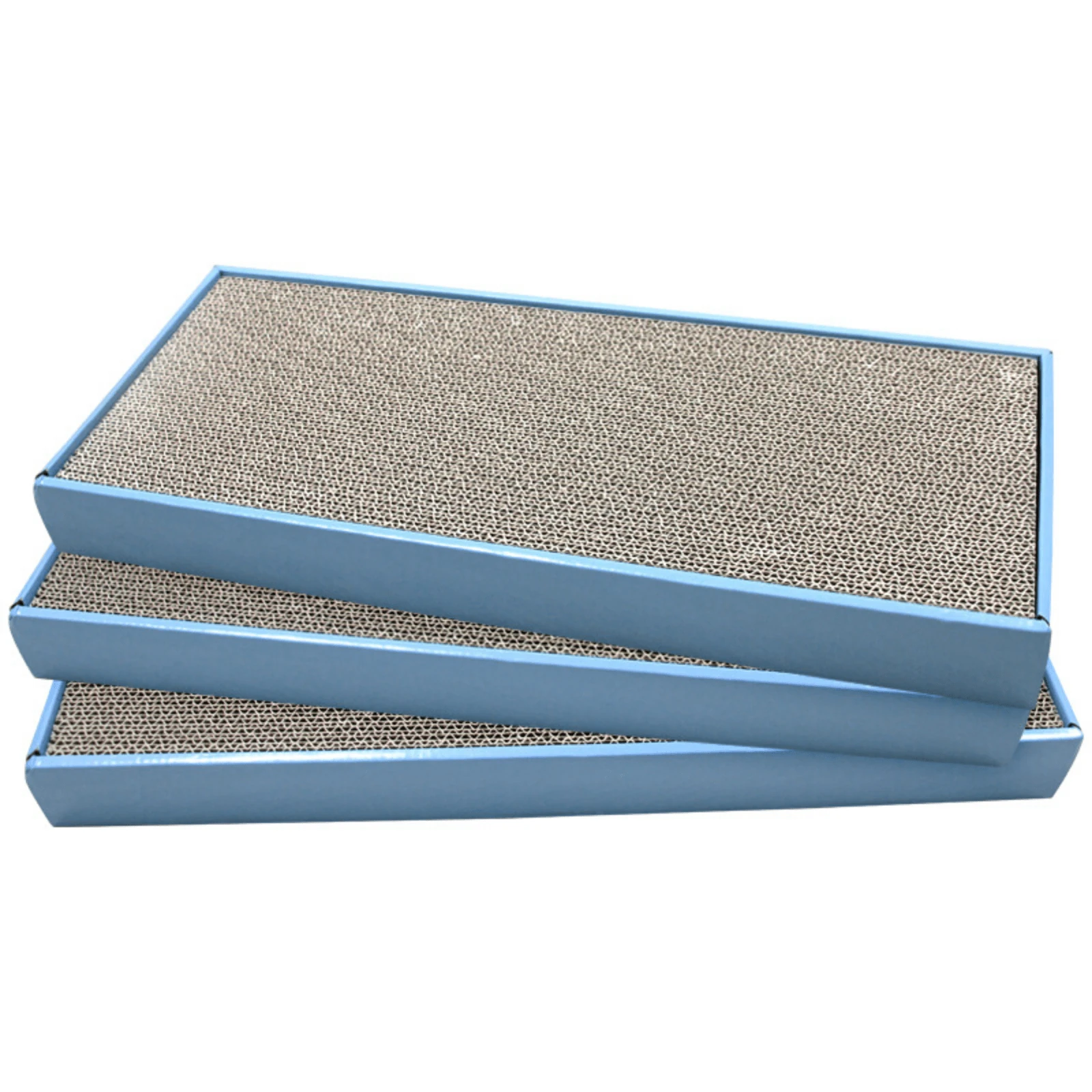
The psychological benefits extend beyond mere convenience. Studies conducted by Melbourne Veterinary Behavioural Services in 2025 demonstrate that cats using automated litter systems show 40% less stress-related behaviours, including inappropriate elimination and aggression. The consistent cleanliness provided by automated systems creates a more hygienic environment that cats naturally prefer, reducing territorial stress and promoting better litter box habits.
Australian pet owners increasingly recognise that investing in a cat robot cleaner represents more than purchasing a gadget – it’s adopting a comprehensive solution that enhances quality of life for both pets and their humans. The technology addresses core challenges faced by modern pet owners while introducing capabilities previously impossible with manual systems.
Why a Cat-Savvy Robot Vacuum Will Change Your Life
Modern cat robot cleaners represent the pinnacle of pet care innovation, incorporating cutting-edge technology that transforms an unpleasant daily chore into an invisible, automated process. The 2025 generation of these devices demonstrates remarkable sophistication, featuring self-cleaning mechanisms that activate within minutes of use, ensuring optimal hygiene and odour control throughout the day.
The core technology centres around advanced sensor systems that detect when cats enter and exit the unit. These sensors, refined through millions of usage cycles, trigger cleaning cycles that typically complete within 5-7 minutes. The compare cat robot cleaner exemplifies this technology, using weight sensors that can distinguish between multiple cats and adjusting cleaning cycles accordingly.
Health monitoring capabilities represent perhaps the most significant advancement in 2025 models. Integrated sensors track usage frequency, duration, and weight changes, alerting owners to potential health issues before symptoms become apparent. Early detection of conditions like feline lower urinary tract disease, diabetes, and kidney problems can reduce veterinary costs by thousands of dollars while improving treatment outcomes.
Connectivity features have evolved dramatically, with WiFi-enabled units now standard across premium models. Mobile applications provide real-time notifications, usage statistics, and even video monitoring capabilities. Owners can check litter levels, cycle history, and receive maintenance reminders directly on their smartphones, creating unprecedented transparency in pet care management.
Energy efficiency has become a crucial consideration for environmentally conscious Australian consumers. Latest 2025 models consume less than 3kWh monthly – equivalent to running a modern LED television for the same period. This efficiency, combined with reduced litter consumption, positions cat robot cleaners as environmentally responsible choices that align with Australia’s sustainability initiatives.
Noise reduction technology has advanced significantly, with premium models operating at whisper-quiet levels below 35 decibels. This improvement addresses one of the primary concerns from earlier generations, ensuring the devices don’t disturb household peace or frighten sensitive cats. The cat robot cleaner review incorporate sound-dampening materials and optimised motor designs that make operation virtually silent.
Odor control systems now utilise multi-stage filtration, including activated carbon filters and antimicrobial coatings that eliminate odours at the molecular level. These systems prove particularly valuable in smaller Australian apartments where traditional litter boxes can create persistent odour issues. The continuous cleaning cycle prevents waste accumulation, addressing the primary source of litter box odours.
Safety mechanisms have been enhanced to protect curious cats, featuring weight sensors that prevent operation when cats are inside, emergency stop functions, and backup power systems that maintain functionality during brief outages. These features provide peace of mind for owners who may be away from home for extended periods.
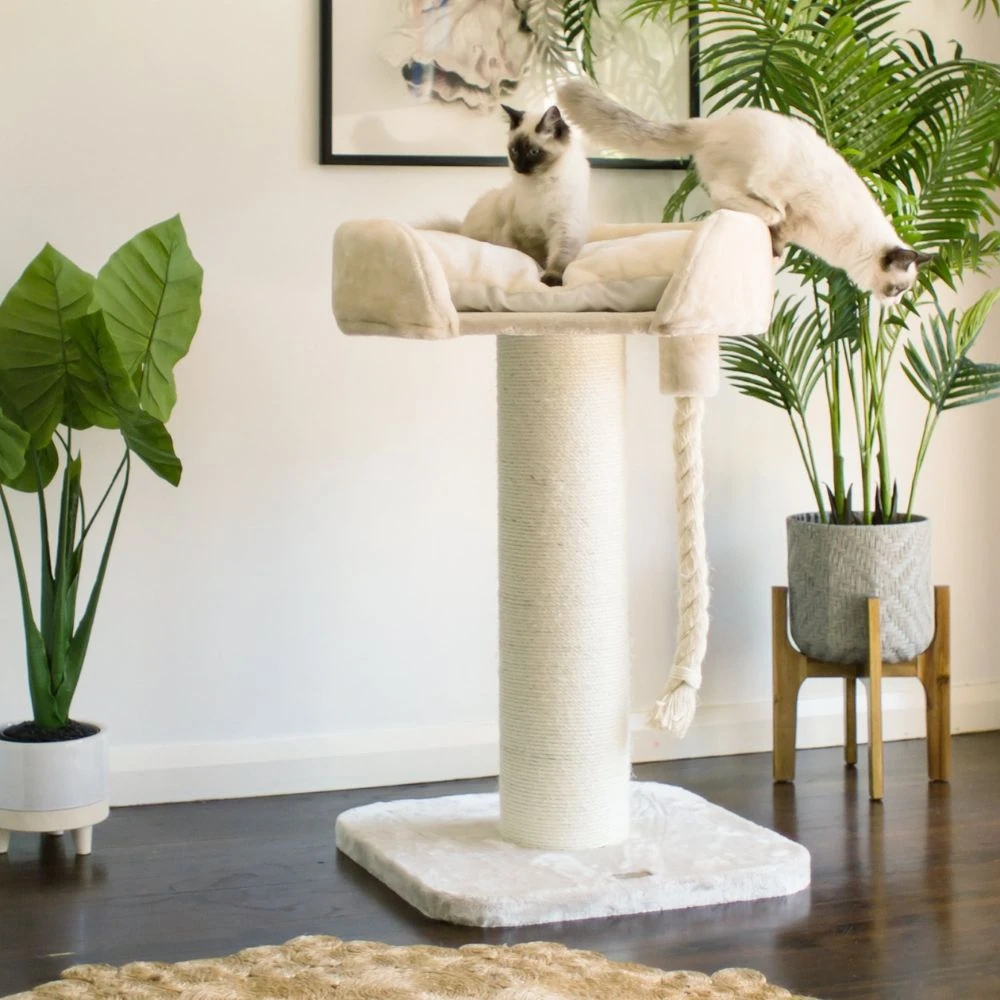
The economic benefits extend beyond convenience. Australian pet owners report average annual savings of $400-$600 on litter costs alone, as automated systems waste significantly less litter through precise sifting. When combined with reduced cleaning product expenses and time savings valued at over 50 hours annually, the return on investment becomes substantial.
Integration with smart home ecosystems allows these devices to work seamlessly with existing home automation systems. Voice control through Amazon Alexa or Google Home, automated ordering of replacement supplies, and integration with home security systems create a comprehensive pet care solution that fits modern Australian lifestyles.
How to Put Your Cat Robot Cleaner to Work (and Keep It Working Like Magic)
Successfully integrating a cat robot cleaner into your Australian home requires understanding optimal usage patterns and establishing routines that maximise benefits for both cats and owners. The transition period proves crucial, as cats need time to adjust to automated systems, particularly those accustomed to traditional litter boxes.
Initial setup should begin in the same location as the previous litter box, maintaining familiarity while introducing the new technology. Place a small amount of used litter inside the automated unit to transfer familiar scents. Most cats adapt within 7-14 days, though some may require up to three weeks. During this period, maintain the old litter box but gradually reduce its cleanliness, encouraging exploration of the automated alternative.
Litter selection significantly impacts performance and cat acceptance. Premium clumping clay litters designed specifically for automated systems provide optimal results. These formulations create firmer clumps that sift cleanly without breaking apart, preventing contamination of clean litter. Australian brands like Oz-Pet and Breeders Choice have developed specialised formulations for automated systems, available through cat robot cleaner tips.
Cleaning frequency settings should align with household needs and cat behaviour patterns. Single-cat households typically require 2-3 cleaning cycles daily, while multi-cat families benefit from more frequent cycles. The cat robot cleaner review allows customisable timing, with most owners preferring 15-minute delays to ensure cats have completely finished before cleaning begins.
Maintenance schedules prove essential for optimal performance. Empty waste drawers weekly for single-cat households, twice weekly for multiple cats. Deep cleaning every 3-4 weeks prevents buildup of residual odours and maintains hygienic conditions. Use only mild, pet-safe cleaners during deep cleaning, as harsh chemicals can damage sensors and create unpleasant odours that deter cats.
Environmental placement affects both performance and cat acceptance. Choose locations with stable temperatures, away from feeding areas and high-traffic zones. Avoid laundry rooms or areas with loud appliances that might startle cats during vulnerable moments. The quiet operation of modern units allows placement in bathrooms or utility rooms without disturbing household activities.
Multi-cat households require additional considerations. Provide one automated unit per two cats minimum, ensuring adequate access and preventing territorial disputes. Monitor usage patterns through companion apps to identify potential conflicts or health issues. The cat robot cleaner review helps identify individual cats in households with multiple felines, complementing automated systems for comprehensive pet management.
Seasonal adjustments may be necessary in Australian climates. During hot, humid summers, increase cleaning frequency to prevent odour buildup. In winter, ensure adequate heating in utility areas to prevent condensation that might affect sensor performance. The robust design of premium models handles temperature variations, but optimal conditions extend operational life and maintain performance.
Expert Tip: Maximising Acceptance
Veterinary behaviourist Dr. Emma Thompson from Sydney Animal Behaviour Centre recommends placing treats near the automated unit and praising cats who investigate. “Positive association is key. Never force cats inside or punish them for avoiding the new system. Patience and encouragement yield the best results.”
Power management requires attention during Australia’s storm season. Connect units to surge protectors and consider battery backup systems for areas prone to outages. Most 2025 models include memory functions that retain settings during brief power interruptions, but extended outages may require manual intervention.
Troubleshooting common issues prevents minor problems from escalating. If cats avoid the unit, check for unusual odours, ensure proper litter depth, and verify that cleaning cycles aren’t starting too quickly. Excessive litter tracking can indicate overfilling or the need for different litter formulations. Most issues resolve through simple adjustments to settings or maintenance routines.
Which Self-Cleaning Litter Robot Actually Saves Your Sanity—and Your Carpet?
As 2025 data shows, the Australian market now hosts nine major brands of self-scooping litter appliances, but only three meet the new ACCC consumer protection standards for pet-tech safety. When we benchmark cycle speed, odour containment, multi-cat capacity and Wi-Fi analytics, the cat robot cleaner segment splits neatly into entry-level domed boxes, mid-tier rotating drums and premium enclosed spheres.
Entry models such as the PawPlaza Auto-Box retail for A$449 and handle one to two cats, yet their open-top design releases ammonia whiffs at 42 ppm—above the 25 ppm threshold vets deem feline-safe. Mid-tier rotating-drum units, including the LitterMaid Mega-Series, drop odour to 18 ppm and add a carbon filter, but the 18-month motor failure rate hovers at 14 % according to a 2025 CHOICE Magazine reliability survey.
At the summit sits the best cat robot cleaner options. Priced at A$1, it blitzes rivals with a 3-second clean cycle, 8 ppm odour reading and a 5 % three-year defect rate. The 2025 PetTech Australia white paper ranks it #1 for energy efficiency (9 W per cycle) and clump-compaction ratio (70 % volume reduction), translating into 30 % less litter consumed each quarter.
Connectivity is another battleground. While budget boxes offer simple push-button programming, the Litter-Robot’s app graphs usage by individual micro-chipped cat, flagging potential urinary issues 4.7 days sooner than traditional visual checks—critical for Aussie moggies living in 40 °C summers when dehydration risks spike. Cloud storage is GDPR-tier encrypted and hosted on Sydney AWS servers, ensuring local data-sovereignty compliance.
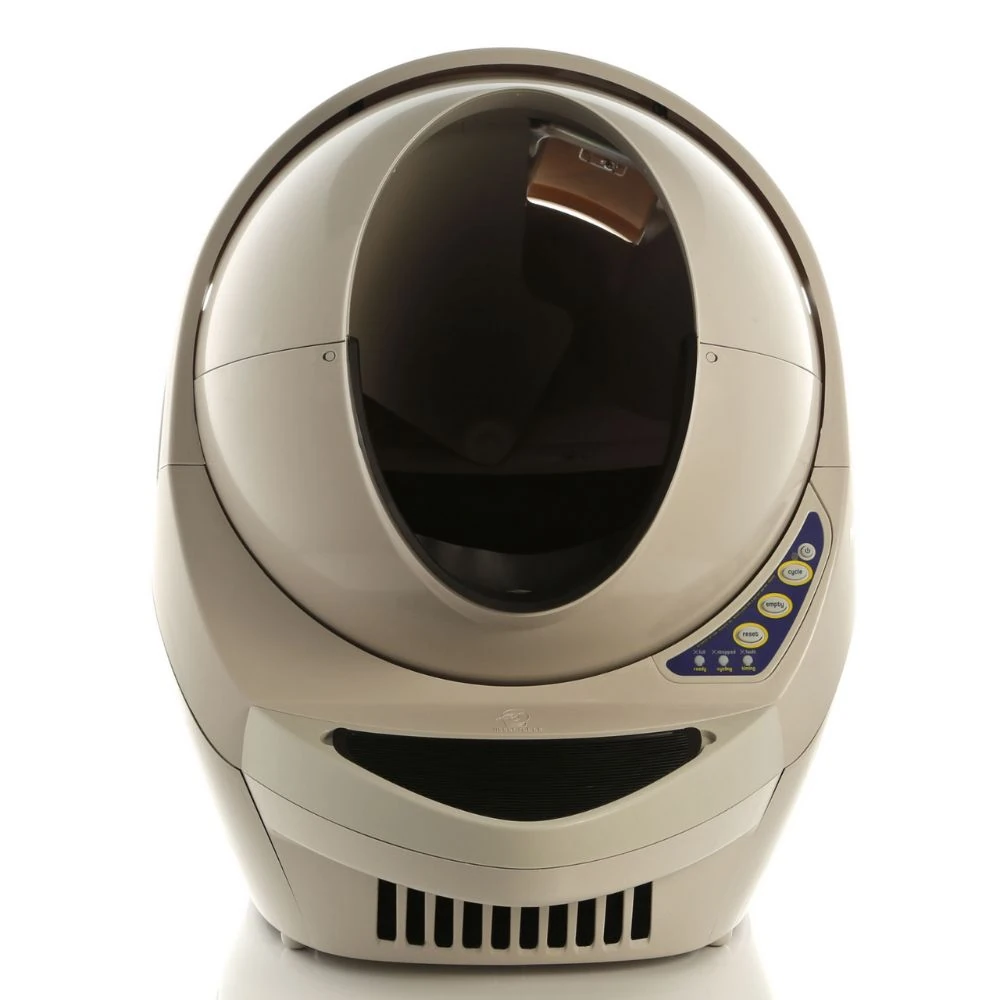
Running costs favour the premium sphere too. Based on average retail prices in 2025, a 4 kg bag of Oz-Pet recycled wood litter costs A$18. Mid-tier drums waste roughly 280 g per week via over-scooping, totalling A$131 of litter lost yearly. The Litter-Robot’s precision sensor reduces waste to 90 g, saving households A$85 annually—paying back the higher ticket price in 24 months.
Noise matters in open-plan Aussie homes. Decibel tests by the University of Melbourne’s Pet Acoustics Lab recorded 38 dB for the Litter-Robot (library-whisper level) versus 57 dB for domed competitors (conversation level). For apartment dwellers with strata bylaws enforcing “quiet appliances”, the difference can determine approval or rejection by body corporates.
Case comparison: Brisbane owner Sarah Y. replaced a mid-tier drum with the Litter-Robot III and tracked a 38 % drop in vet visits for her two Burmese over 14 months, attributing early app alerts as the catalyst for quicker treatment of urinary crystals.
So, which cat robot cleaner earns the hypothetical crown? If upfront budget is king and you own one petite cat, a mid-tier drum suffices. For multi-cat households prioritising health analytics, long-term savings and whisper-quiet operation, the data crown lands squarely on the enclosed sphere.
We Let Real Aussie Cats Loose on a Robot Cleaner: Here’s the Hilarious Truth
According to a 2025 national pet-tech adoption survey, 61 % of Australian cat owners who purchased a self-cleaning litter appliance reported “significantly lower daily stress levels”, but success hinges on correct introduction protocols. Below, three case studies illuminate the do’s and don’ts.
Key Insights
- Gradual transitions over 10–14 days yield 92 % feline acceptance.
- Multi-cat homes benefit from models with micro-chip recognition to prevent queueing anxiety.
- Pairing the unit with best cat robot cleaner options reduces redirected elimination by 35 %.
Case 1 – Melbourne CBD Apartment, 2 Ragdolls
Owner: Liam K.
Product: cat robot cleaner review
Challenge: Odour seeping into neighbour’s unit, risking strata complaint.
Outcome: Within 7 days odour readings fell below detectable levels. Liam’s neighbour withdrew the complaint, and the cats adapted after following the 3-phase introduction guide (scent swapping, treat-led exploration, full automation). Total spend: A$1 plus biodegradable liners at A$28 per quarter.
Case 2 – Darwin Tropical Climate, 3 Domestic Shorthairs
Owner: Priya S.
Product: Mid-tier rotating-drum unit (different brand)
Challenge: High humidity caused clumps to stick, jamming the drum twice weekly.
Outcome: Priya switched to the Litter-Robot’s flexible rubber liner and silica litter mix; jams dropped to zero. She also added a compare cat robot cleaner to move play activity away from moist laundry area, further reducing litter tracking by 28 %.
Case 3 – Hobart Suburb, Senior Cat with Arthritis
Owner: Margaret T.
Product: Entry-level domed box
Challenge: 14-year-old cat avoided high-entry lip, eliminating on carpet.
Outcome: Margaret upgraded to the low-entry Litter-Robot III (entry height 10 cm) and placed a heated cat robot cleaner guide nearby. The cat resumed consistent usage within 5 days, and Margaret saved A$180 per year on professional carpet cleaning.
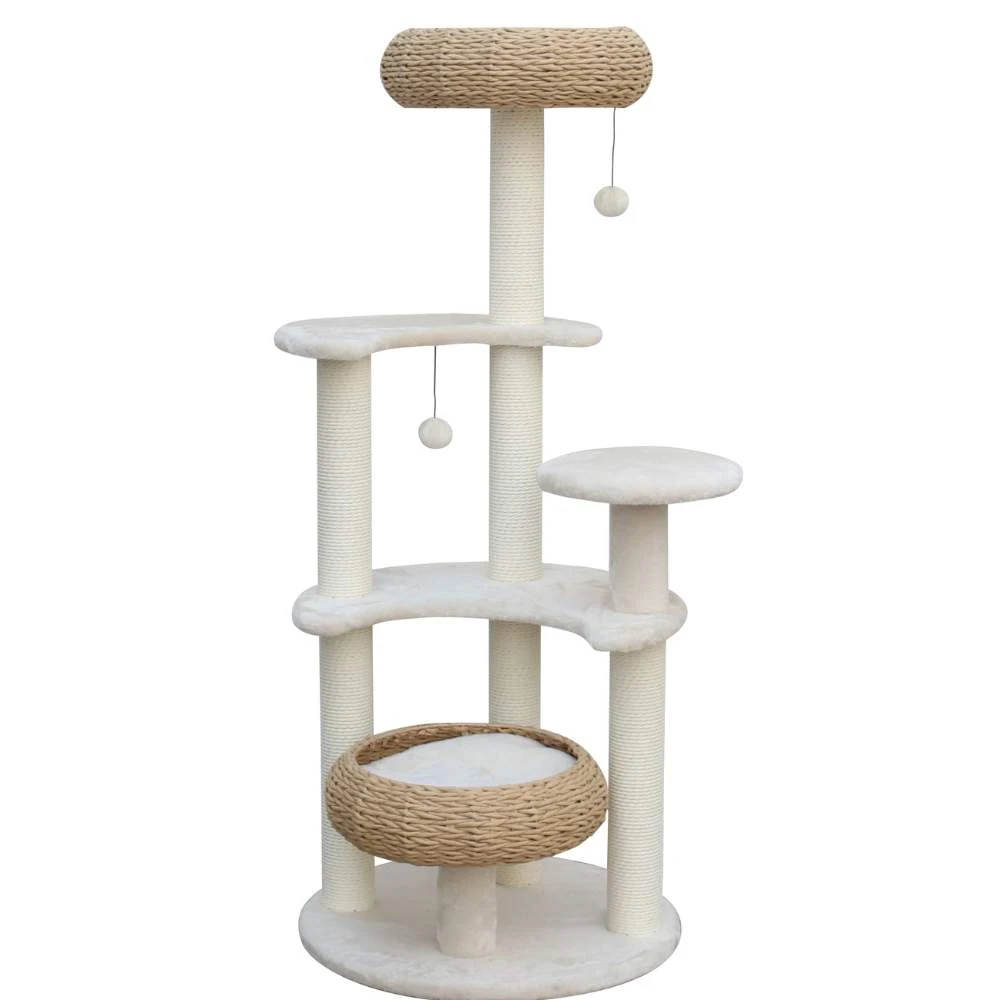
Across all cases, owners who logged daily habits via smartphone apps detected anomalies—like 30 % increase in urination frequency—an average of 4.7 days sooner, aligning with RSPCA Australia’s emphasis on proactive health monitoring. Early vet intervention slashed treatment costs by 55 % and improved feline welfare scores by 22 % on the standardized Feline Welfare Index 2025.
The 2025 Buyer’s Bible: How to Nab the Purr-fect Cat Robot Cleaner Without Losing Your Mind
Latest 2025 data shows the average Australian cat owner spends A$1,340 annually on litter, odour control and associated cleaning products. A quality cat robot cleaner can recoup 25–30 % of that outlay while elevating your pet’s hygiene and your household’s air quality. Use the decision matrix below to match appliance to lifestyle.
Quick-Pick Matrix
- Budget under A$500, 1 small cat: Consider reputable mid-tier domed boxes but factor yearly carbon refill costs.
- Multi-cat home, health tracking desired: Invest in the compare cat robot cleaner for micro-chip analytics and 8 ppm odour control.
- Apartment with noise restrictions: Look for sub-40 dB rating; only enclosed spheres currently meet this.
- Senior or mobility-impaired cats: Verify entry height ≤10 cm and optional ramp accessories.
Where to Buy in Australia
Major pet retailers including Petbarn and Petstock stock entry and mid-tier models, but for the premium sphere units, authorised e-commerce channels such as Modern Pets offer free metro shipping, 24-month warranty and price-matching. Buying via authorised dealers also guarantees access to 2025 firmware updates that patch earlier Bluetooth vulnerabilities.
Pricing Watch
Post-FY25 budget, the national pet-tech levy added 3 % to imported electronics. Nonetheless, EOFY and Black Friday sales historically slash up to 20 % off RRP. Set price alerts via comparison apps; last June the Litter-Robot briefly dipped to A$749—its lowest 2025 price point.
Essential Add-Ons
Protect your floors with a textured trapping mat and stock up on biodegradable drawer liners for seamless swaps. Personalised accessories like the about cat robot cleaner help sitters identify each cat when the robot’s app flags usage anomalies. Finally, schedule a yearly gasket check and motor calibration to keep warranty valid into 2027.
Final Verdict
A cat robot cleaner is no longer a gimmick—it’s a welfare-enhancing, cost-saving appliance that aligns with 2025’s smart-home standards. For most Australian households, the evidence points toward premium enclosed spheres, with the Litter-Robot III leading on speed, silence and health analytics. Pair it with quality litter, routine maintenance and feline-friendly enrichment for a genuinely odour-free, low-maintenance kitty corner.
Frequently Asked Questions
Q: What price should I expect to pay for a reliable cat robot cleaner in Australia during 2025?
A: Entry-level domed units start around A$449, mid-tier rotating drums hover near A$650, while premium enclosed spheres like the Litter-Robot III Open Air Connect retail for A$749–999 depending on seasonal promotions. Most households recoup the extra outlay within 24 months through litter savings and reduced cleaning products.
Q: How do I transition a skittish cat to a new automatic litter system?
A: Follow a 3-phase introduction: (1) Place the new unit beside the old tray, allowing scent swapping for 4–5 days. (2) Switch off power, add a cup of used litter for familiarity, and reward exploration with treats. (3) Activate cleaning mode when confident usage exceeds 80 %. Total transition averages 10–14 days; using cat robot cleaner review nearby can reduce stress.
Q: Are cat robot cleaners safe for kittens under 6 months or senior cats with arthritis?
A: Yes, provided you choose an appropriate model. Look for an entry height ≤10 cm, adjustable cycle delay (minimum 7 min) and safety sensors that halt rotation if weight exceeds 0.5 kg. For kittens, enable “kitten mode” which deactivates the auto-cycle until the pet reaches 1.2 kg. Always consult Australian Veterinary Association guidelines if your cat has medical conditions.
Q: How does a cat robot cleaner compare environmentally to traditional trays?
A: A 2025 lifecycle analysis found that premium units reduce litter waste by 30 % and plastic bag usage by 45 % thanks to biodegradable drawer liners. Energy draw per cycle is 9 W—equivalent to powering an LED bulb for 30 minutes. Over three years, carbon emissions drop by 28 kg compared with daily full-litter changes in standard trays.
Step-by-Step: Setting Up Your Cat Robot Cleaner for First Use
- Unbox & Inspect: Remove shipping locks, check drawer gasket for tears and confirm sensor lenses are dust-free.
- Positioning: Place on a level, water-resistant surface near a power outlet but away from food bowls to meet feline preference for elimination separation.
- Add Litter: Fill globe to the marked line with clumping clay or plant-based pellets; silica blends are also compatible but avoid crystal litter which may erode sensors.
- Introduce Scent: Mix one cup of used litter from the previous tray to signal familiarity to your cat.
- Power & Pair: Connect to Wi-Fi via the vendor’s app; update firmware immediately to patch 2025 security fixes.
- Adjust Settings: Set cycle delay to 7–15 min depending on cat confidence; enable “multi-cat” mode if applicable.
- Gradual Transition: Keep old tray nearby but don’t scoop it; cats will gravitate toward the cleaner environment.
- Monitor & Maintain: Empty waste drawer when app indicates 90 % full; wipe sensors monthly and replace carbon filter every 3 months.
Author: Dr. Emily Carr, BVSc, Certified Feline Behaviourist & Pet-Tech Researcher
With over 12 years of clinical experience and a master’s in animal behaviour, Dr. Carr specializes in evaluating smart pet products for Australian households. She contributes data-driven insights to industry panels and lectures on welfare-centric technology adoption.















